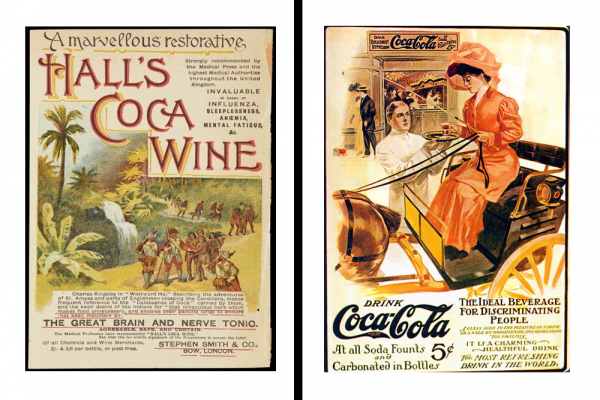From saving life, to destroying it: medicines that were drugs
Cecilio Alamo is a professor at UAH and professor of pharmacology in the Department of Biomedical Sciences in various degrees of the university. Cecilio has produced several articles on how some drugs started being drugs, together with Professor Francisco López Muñoz, vice-chancellor of Camilo José Cela University.
In this interview, Alamo explains to uah.esnoticia magazine the origin of some narcotics and even medications that began to be used daily or discovered by chance.
 |
| Cecilio Álamo, catedrático y profesor de farmacología de la UAH |
-Although it is little known information, it´s curious to know that some medicines started out as drugs, what substances had these beginnings?
Others, such as ecstasy, were developed as medicines, but did not become commercialized, although they were used in clinical research, as a facilitating agent of communication between the psychotherapist and the patient. A large part of the abuse drugs used today began as drugs marketed by different pharmaceutical companies for the treatment of different pathologies. Such is the case with heroin, which was used for the treatment of cough; cocaine was prescribed for dental pains and as local anesthetic; cannabis treated insomnia, different types of headaches and paisn, including dysmenorrhea, epilepsy or asthma; amphetamines were used as nasal decongestants and as anorexygens; LSD was used to support psychoanalytic therapy, especially in obsessive anxiety disorders and neurosis, and for the experimental study of psychosis or, more recently, PCP or 'angel dust', ketamine or 'liquid ecstasy', all of which have been used as an anesthetics.
- Why were their therapeutic uses banned?
Many of them were illegalized when their ability to generate addiction phenomena was established and simultaneously developing new drugs as effective to treat the pathologies in which they were being used. Such was the case in the US; cocaine, banned in 1914, heroin, in 1924, and marijuana, in 1937.
- Used rationally and supervised by a physician, could they have health benefits?
Obviously, some of them, in very specific disorders, are still used, such as ketamine or gamma hydroxybutyrate, which are still drugs used in surgical anesthesia.
- Since the past, cannabis has been used for its therapeutic properties and, in recent years, is used to treat some specific diseases. The only drug derived from cannabis authorized in Spain is Sativex, a drug for people with multiple sclerosis and that has generated controversy. Do you think this drug could open the way for other drugs to be used for medical purposes?
The case of therapeutic use of cannabis is an exception in the world of abuse drugs, because, under health control and after having passed the relevant clinical trials, Sativex has confirmed its effectiveness and safety in relieving some symptoms that patients with multiple sclerosis have, and that their muscle ailments, sleep disturbances or walking difficulties are not sufficiently covered with other medications. But this is not the case with the rest of the drugs of abuse, whose pharmacological properties are well known and their hypothetical therapeutic effects have been overcome by other agents that do not cause addiction and dependence.
- Coca Cola also started being a drug, for what aliments was it recommended?
Coca Cola, whose original composition included coca extracts, until 1903, began dispensing in pharmacies as a refreshing and energizing drink, being recommended as an invigorating agent for cases of intellectual fatigue. It was also prescribed for different types of headaches, and as an antidepressant. His slogan was ‘intellectual and temperament medicinal drink’.
- Are these attributes true?
 |
| Antiguo anuncio de Coca Cola |
When cocaine was among the ingredients, it could have a psychostimulant effect, hence its use in disorders that accompanied intellectual fatigue, decay or depressive symptoms.
- What other medicines started as products of daily use?
As in many other fields of science, there are also some cases of drugs in the field of pharmacology whose discovery, often due to the intervention of chance or serendipity, derived from products used for other functions. Such is the case, for example, of nitrous oxide, the first general volatile anesthetic, whose anesthetic properties were discovered from the nitrous oxide or ‘laughing gas’ used in circus performances, or the discovery of iodo, thanks to the use of seaweed to obtain the saltpeter needed for the manufacture of gunpowder.
This translation has been created by uah.esnoticia magazine.
Publicado en: Inglés
